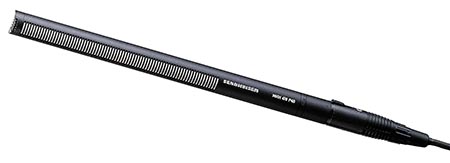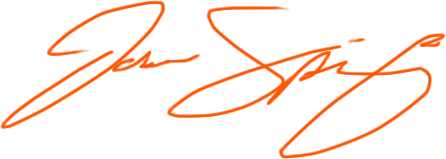Here are some questions I’m often asked. I’ll try to provide as many detailed answers as I can. If you have any questions, don’t hesitate to contact me; I’d love to hear from you!
Technical and Studio Questions
What sort of equipment do you have or recommend?
Ultimately, it depends on the project. Often, I’ll record from a studio in Los Angeles where they employ millions of dollars worth of expensive, complicated pre-amps and mixers which only a veteran engineer should have at his hands. When I work from my personal voiceover studio however, I have a quiet, acoustically-treated vocal booth. Universal Audio Apollo preamps are connected to a redundant iMac and MacBook Pro setup, which backs up session files on hard drives and in the cloud as they are recorded.
My preferred microphone is the Sennheiser MKH-416, which is generally considered the industry standard microphone for most of the VO’s I perform (promos, commercials, narration). I keep a couple of these on hand for redundancy. I also keep multiple Shure SM7B’s and Rode NT1’s on hand for more dynamic performances.
If I’m on the go or out of town, I bring a laptop with me, my USB key for Source-Connect, an MKH-416, and usually a MicPort Pro and Zoom H4N recorder. I’ve even recorded sessions in my car at times (many cars are well-built to keep road noise out and sound in, and they’re often the perfect portable studio!) but when in town, a proper booth is always preferred.
I edit my files using Adobe Audition CC (Creative Cloud). Depending on the production needs and if I’ll be mixing myself or if my client will, I often normalize and apply a light compression and EQ.
What microphone do you use?
When I’m recording from my personal studio, I most often use the Sennheiser MKH-416, which is considered the industry standard for TV promo voiceovers. If I’m working on a project with a wider “dynamic range” (i.e. varying degrees of volume from loud to quiet in a single take), I usually switch over to the Rode NT1. The NT1 is one of Rode’s newest condenser mics (released in 2014). If boasts an incredibly flat response curve and extremely low noise. The shorter answer is “I use the right microphone for the job, and each project is different.”
Oftentimes, if I’m recording from a different studio and depending on the engineer in the session, I may use the Neumann U87 or TLM-103. Whether I’m at my studio or a client’s preferred studio, I’m most often on the Sennheiser.

The Sennheiser MKH-416 shotgun microphone
What is the best computer for audio recording?
Most people in the biz use Macs (as I do), but most PC’s will work fine too. As long as you can run the software of your choice with the minimum system requirements, you should be fine! Audio and voiceover recording isn’t usually as CPU-intensive as video editing, so you don’t necessarily need a powerhouse!
I personally love the new iMac’s! Check them out here!
Which audio recording and editing software do you recommend?
If you’re on a budget, definitely check out Audacity. Why? It’s free! Nothing beats free! Of course Audacity has its limits in terms of ease of editing waveforms, EQ’ing and compressing. Most professional studios are equipped with Pro Tools. That said, I personally prefer and use Adobe Audition. It’s generally pretty easy to learn and understand, and for voiceovers, when you’re usually just working with one mono audio track, it’s more than enough.
